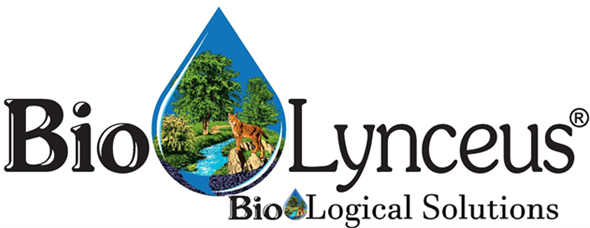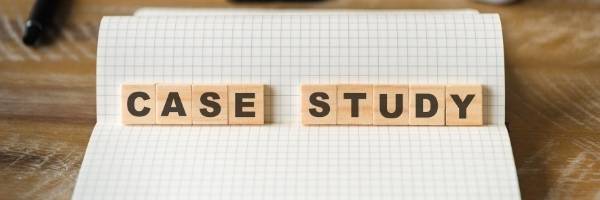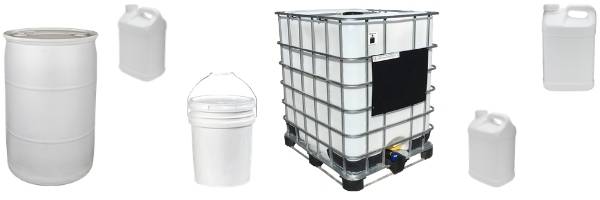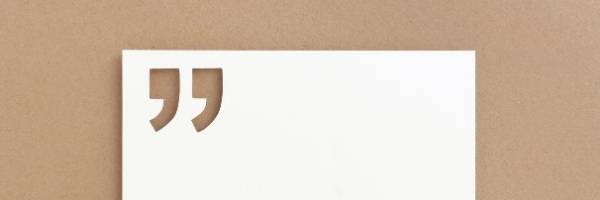Are you holding too many solids in your system?
Industry experts are often recommending that you perform a sludge judging of your system. This is something that professionals recommend you complete at least once per year in lagoon systems. It is a common daily practice in activated sludge plants so they can determine the amount of solids wasting that needs to be completed to keep the plant at optimal operations.
In lagoon operations, it is imperative that you know how much sludge has accumulated in your lagoon(s) and the volume of increase over the last year, two years or more. If you do not know the sludge levels in your system, how do you know if your lagoons are working optimally or at all. One indication that your lagoons are not working is if you can see solids/sludge above the water line. Hopefully, you are not seeing this, but if you are, action is required immediately.
Other than visible solids above the water line, there are several other things that can indicate you are holding too many solids. One of these is odor complaints. Recently a midsize town in Wyoming was instructed by the state department of environmental quality that they were getting too many odor complaints and the city needed to dredge their lagoon.
Another indication you may be holding too many solids is your BOD and TSS levels are bumping against your discharge limit every month. Or your TSS to BOD levels are outside of the recommended norm of one and a half (1.5) to one (1).
In some cases, you may be required by your state regulators to dredge your lagoon. If you do not know the levels or the consistency of your sludge, this may happen sooner than you think. Some states are starting to legislate the amount of solids you can hold in your lagoon. We have seen maximums of 15% of holding capacity and in other cases the maximum you can hold is 18 inches.
How can you optimize your sludge judging results? Be consistent whenever possible. Try to sludge judge your system annually if not more often. I prefer to see this task completed semi-annually. I recommend that you use a disinterested third party when they are available. Some options may be the wastewater circuit riders from your local Rural Water associations. I highly recommend that you hire the services of your local state chapter of the Rural Water Association. I have used the services of these organizations in many states for several years and have found them to be professional and reliable. Some of these associations charge for sludge judging and some do not. I also recommend that whenever possible you use the same person every time. We know of a few independent people who perform sludge judging as a business. If needed, please contact us for names and contact information. Some companies may offer to perform sludge judging for free, they hope to get your business when it shows you need to dredge.
If you decide to do your own sludge judging, then here are a few things to consider. When you get ready to sludge judge, be sure to turn off your aeration at least 24 hours before you perform the judging. Lay out a grid to work from during the process. I recommend that you take at least 20 samples per surface acre to determine where there may be peaks and valleys in the sludge layer. By taking at least 20 samples, you may see areas that are short circuiting in your system. These areas will need to be rectified as soon as possible.
Keep accurate notes. Make sure to log the total sludge layer, the clear water, the amount of black, gray, brown and tan sludge in the tube at each location. Each of these layers will help you determine how well your system is working. In some cases, I have seen clear water between each of the sludge layers. Take lots of photographs, this will help you if you ever have to prove the amount of build-up in your system.
You will need to have the material tested for percent solids. This information will help you determine the estimated cost of mechanical dredging. If your Rural Water Association does not have a calculator, Wyoming Rural Water has one. It is a nice calculator for determining the average cost for sludge removal.
If you find that you are holding too many solids in your system, then you should take action immediately to improve solids reduction. There are many options available that can help you with this very important issue. I recommend that you work closely with your circuit riders to decide which option or options will be best for your system. You may need to change how you are operating and managing your system. Managing the solids in your system needs to begin where your system starts, not just at the lagoon.
If immediate removal is needed, then your only option may be to mechanically dredge. If you have time, Bio-Augmentation may be a solution you could use. Although, most circuit riders are not allowed to recommend specific products, they do have knowledge about what they have seen working in your area.






